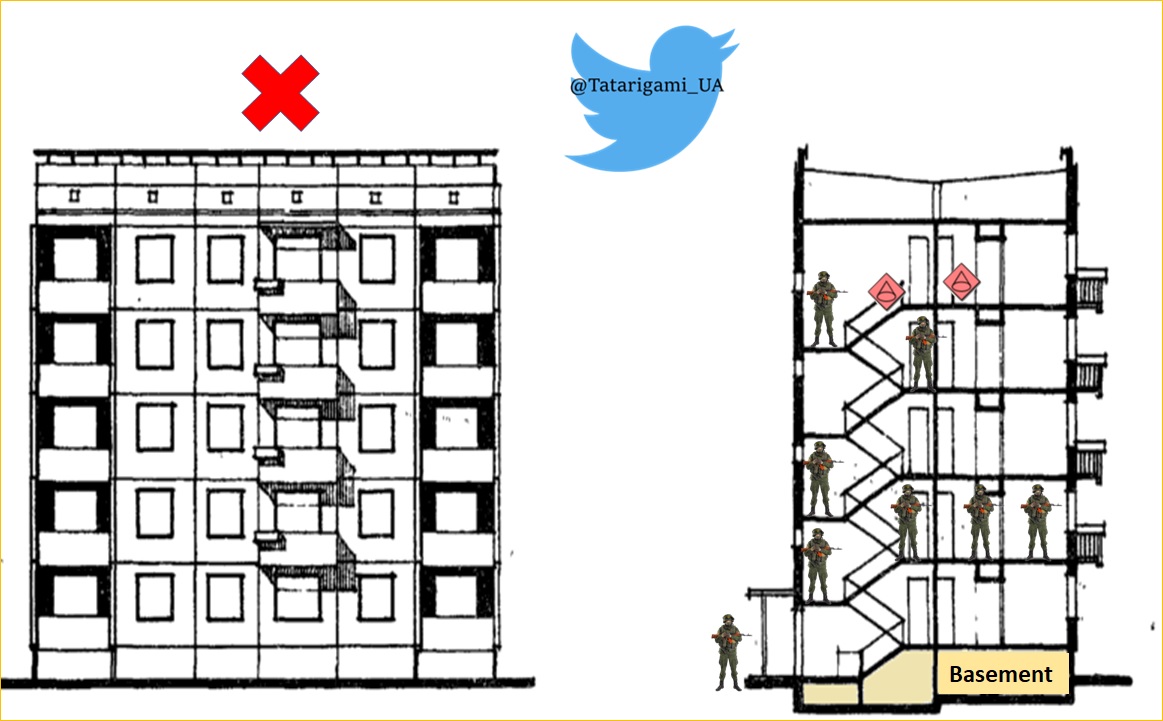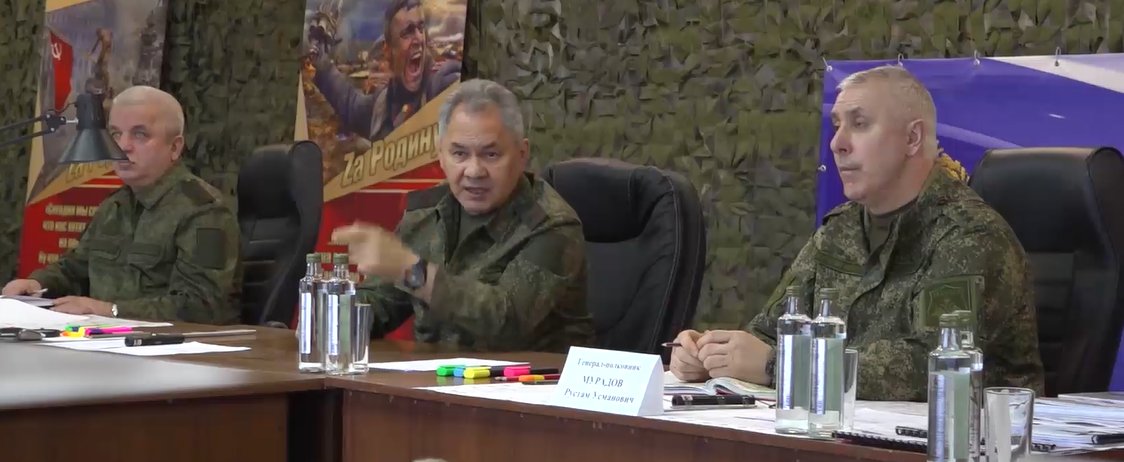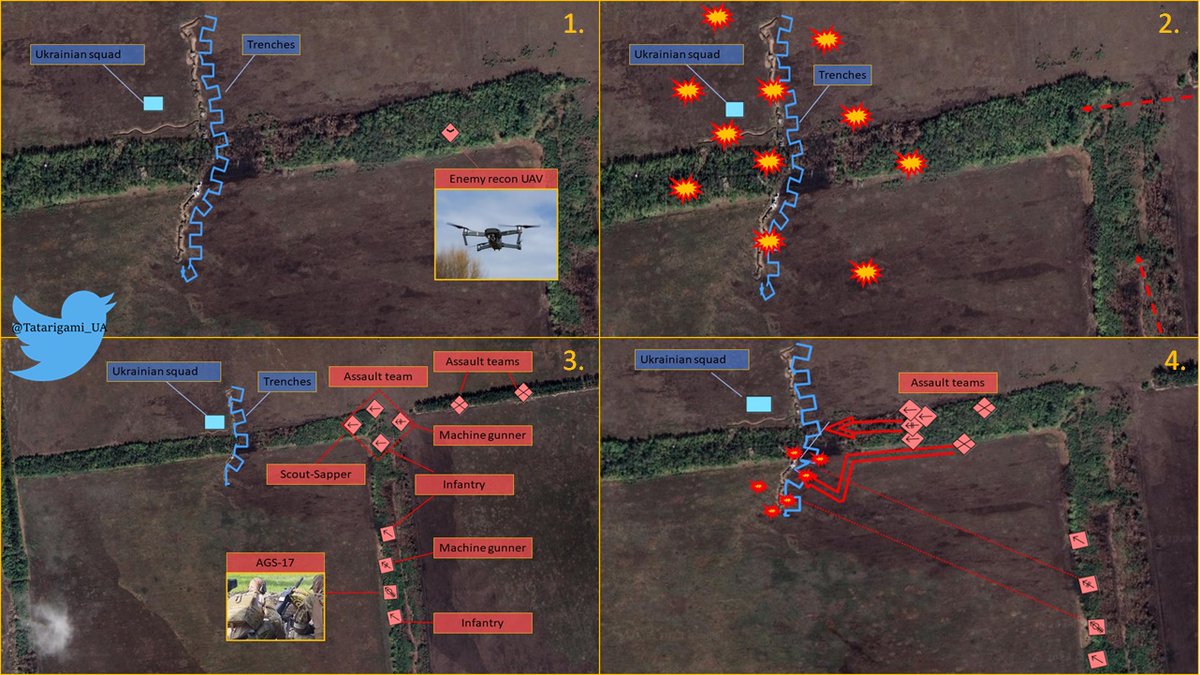
🧵Thread
1/
In my previous analysis, I explored the armament and role of assault units. However, their actual effectiveness and structure often differs from what is written in manuals. To provide a more realistic perspective, I'll share a final insight about assault units
1/
In my previous analysis, I explored the armament and role of assault units. However, their actual effectiveness and structure often differs from what is written in manuals. To provide a more realistic perspective, I'll share a final insight about assault units

2/ To begin, it is crucial to differentiate between temporary and permanent assault units. Assault units that are integrated into a battalion, regiment, or brigade structure, are called "Storm" units. Their size can range from a company to a reinforced battalion 

3/ There are also temporary assault units/groups assembled within a regiment or battalion for a specific assault operation, they do not have number, name, defined structure, regular commanders, or armament, but are instead tailored to each mission's specific requirements
4/ Temporary assault formations are created for specific missions and do not receive additional training or time to build unit coordination. Once the mission is completed, the formation is disbanded and soldiers return to their regular platoons and companies until the next task.
5/ For instance, if the enemy detects that Ukrainian defenders have only 10 soldiers in a trench with no significant anti-tank weaponry, they may form an assault group with a 5:1 advantage and support it with a few tanks to increase their chances of success. 
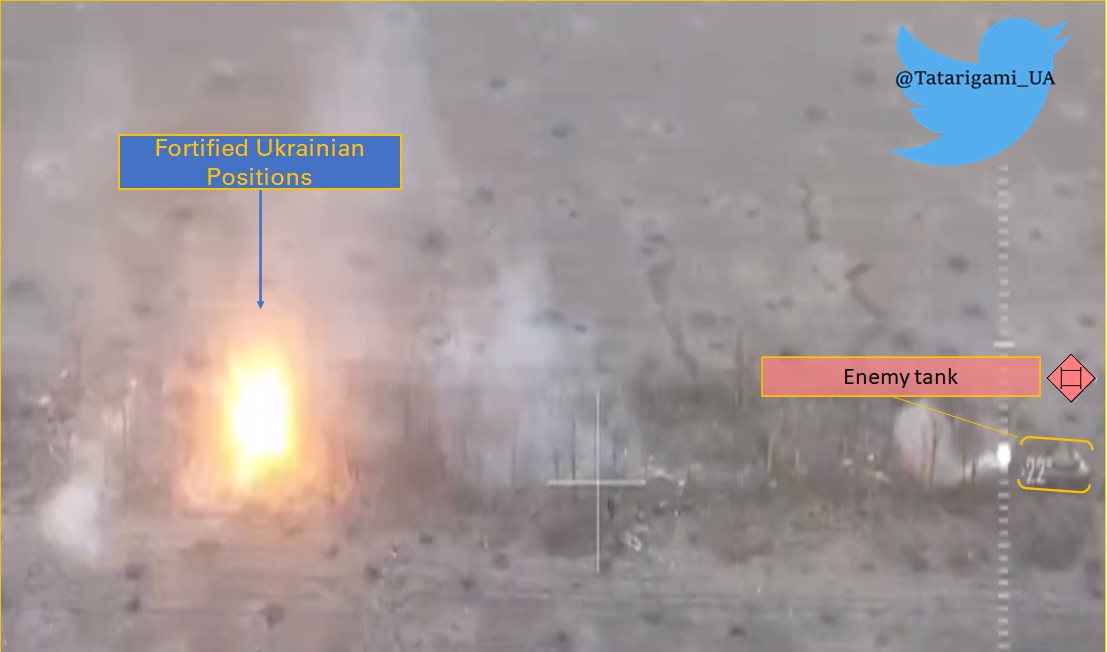
6/ Based on personal anecdotes gathered across the frontline, the quality of temporary assault units is questionable. These units have displayed a propensity to retreat after initial losses and often lack proper communication, leading to difficulties in coordinating their actions 
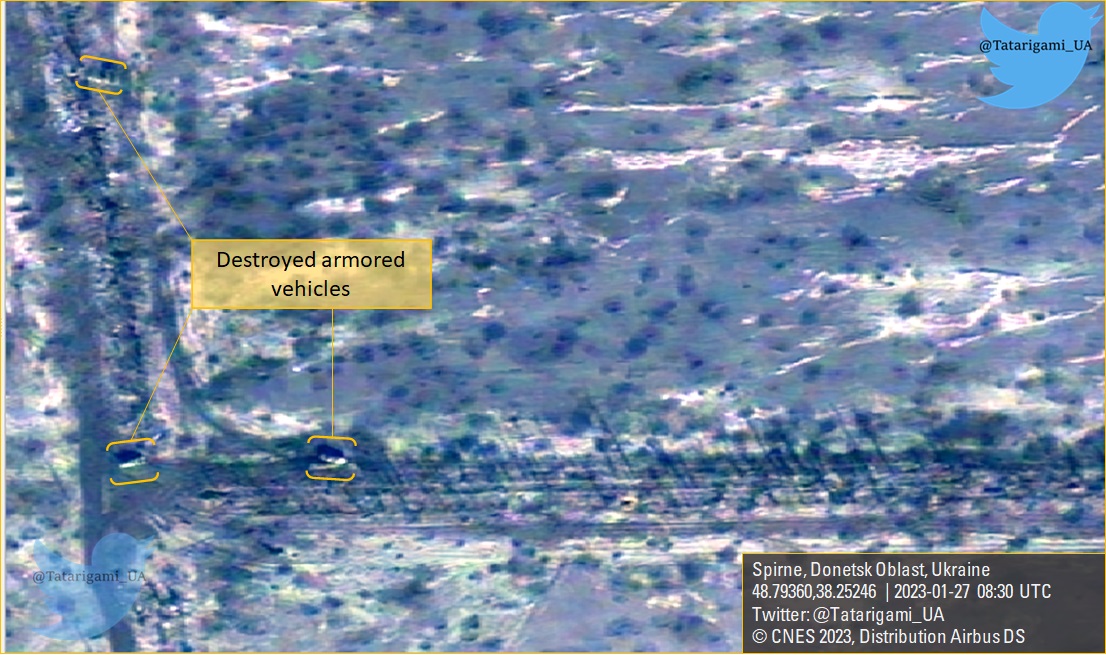
7/ Furthermore, they have been vulnerable to deception, with many being misled into launching premature assaults under false pretenses, such as the purported destruction of Ukrainian positions by artillery fire.
8/ Permanent assault units called "Storm" are integrated into the structure and have formal commanders. The quality of their training can vary widely depending on the unit forming the "storm" unit, ranging from no training to rigorous and serious training. 

9/ Storm assault unit is typically comprised of an assault company, along with one or two tanks and several APCs, that are utilized to transport infantry to the front lines. These units may also be deployed on foot, or transported on top of tanks, depending on the situation. 
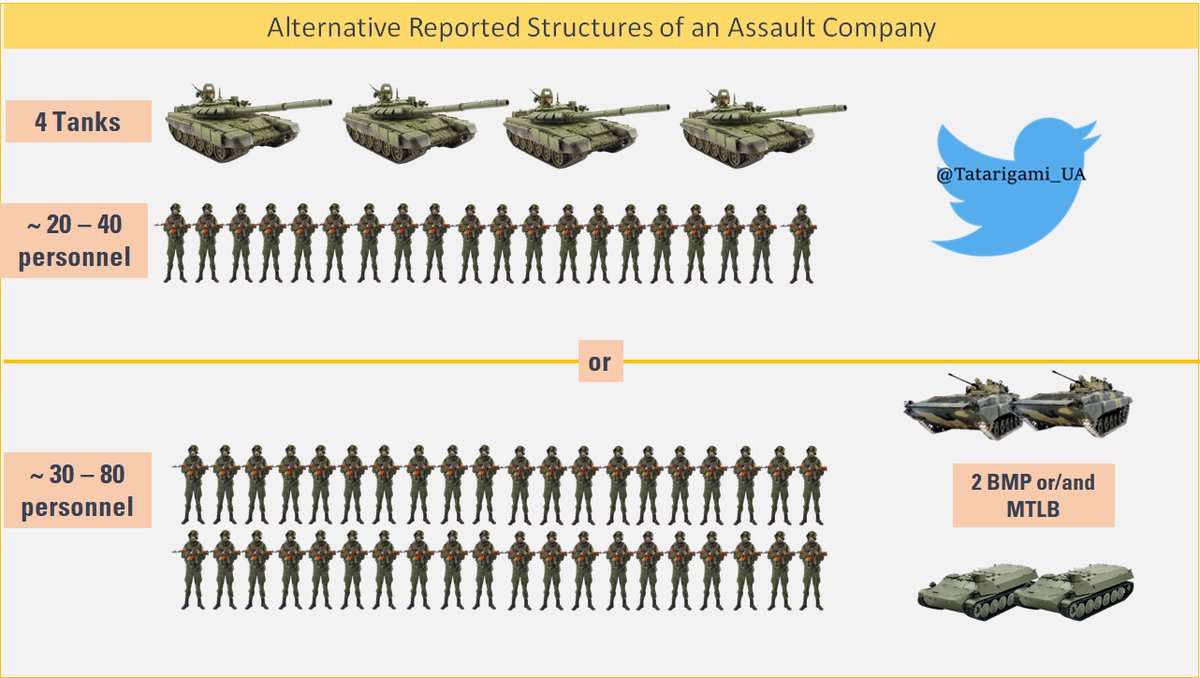
10/ It seems that the russian command, possibly influenced by Wagner, has made a decision to establish "Storm" units for break-through assault missions. As a result, the success of these units will depend heavily on the resources and competence of the brigade itself
11/ Some Storm units received extensive training and experienced instructors to build teamwork, while others were hastily assembled from unwanted soldiers to fulfill orders, leading to varied levels of quality. 
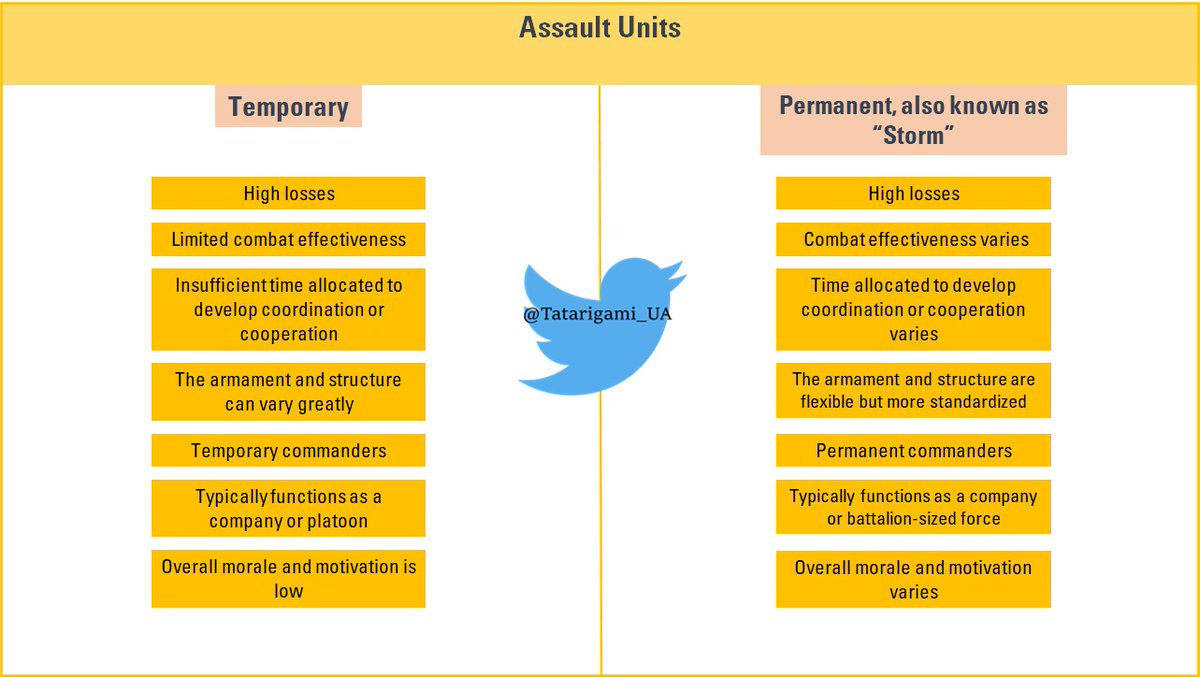
12/ It's worth noting that certain Storm units were transformed into "penal units”, where officers place problematic or disobedient soldiers. There have been at least 2 documented cases where officers used the threat of transferring soldiers to these units as a means of extortion
13/ While not without flaws, some Storm units have proven to be formidable in assault missions. Their adaptability and flexibility allows them to successfully locate and engage weak points in static and non-maneuverable defenses. 
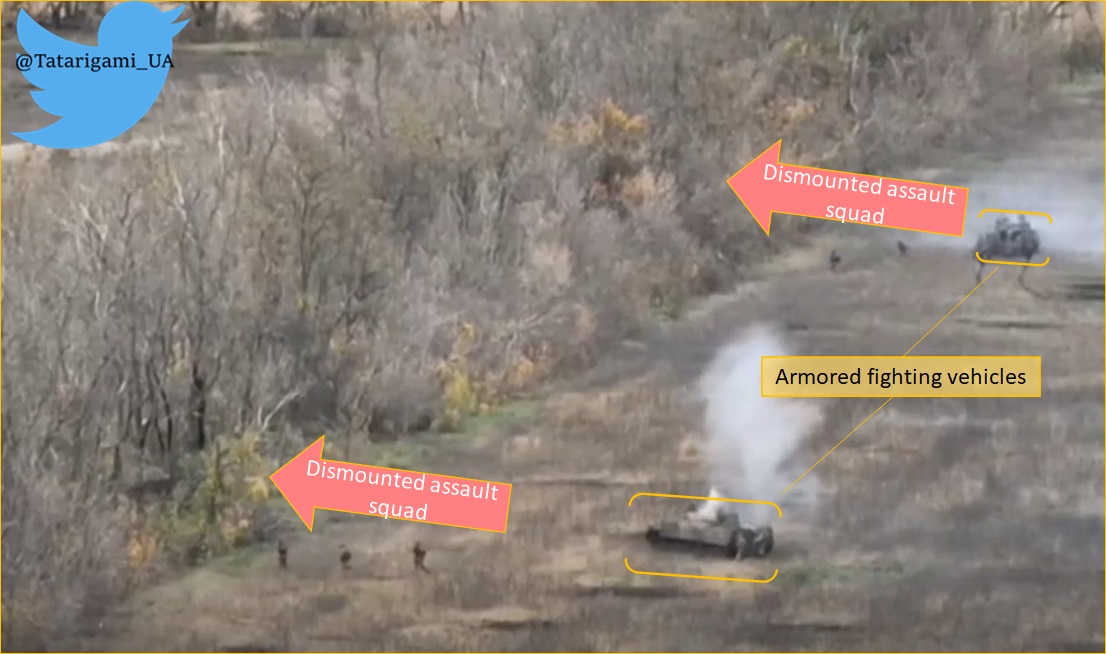
14/ My assessment suggests that the Kremlin is conducting a large-scale, ongoing experiment to adapt to the challenges. Field commanders are attempting to implement directives from their superiors, with varying degrees of success ranging from full execution to mere imitation.
15/ The enemy's shift in military strategy from a focus on divisions and armies to smaller battalions and companies may suggest limited capabilities. The creation of assault groups indicates a willingness to continue grinding offensive operations albeit on a smaller scale.
In the future, I will share additional real-life examples of Storm assaults, highlighting their strengths and weaknesses. Be sure to follow for updates, as Twitter's algorithms may not prioritize war-related content, and you wouldn't want to miss out.
• • •
Missing some Tweet in this thread? You can try to
force a refresh





